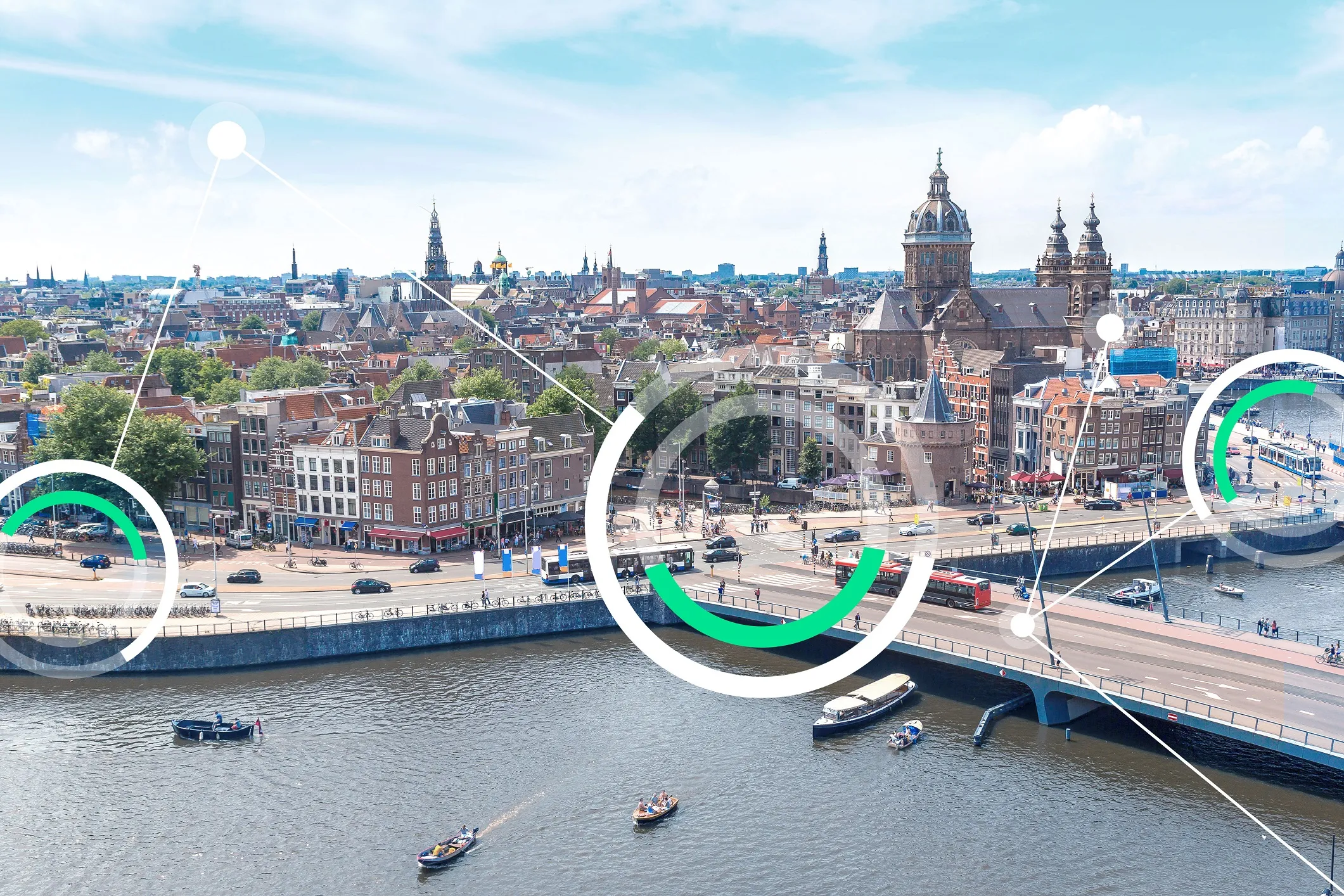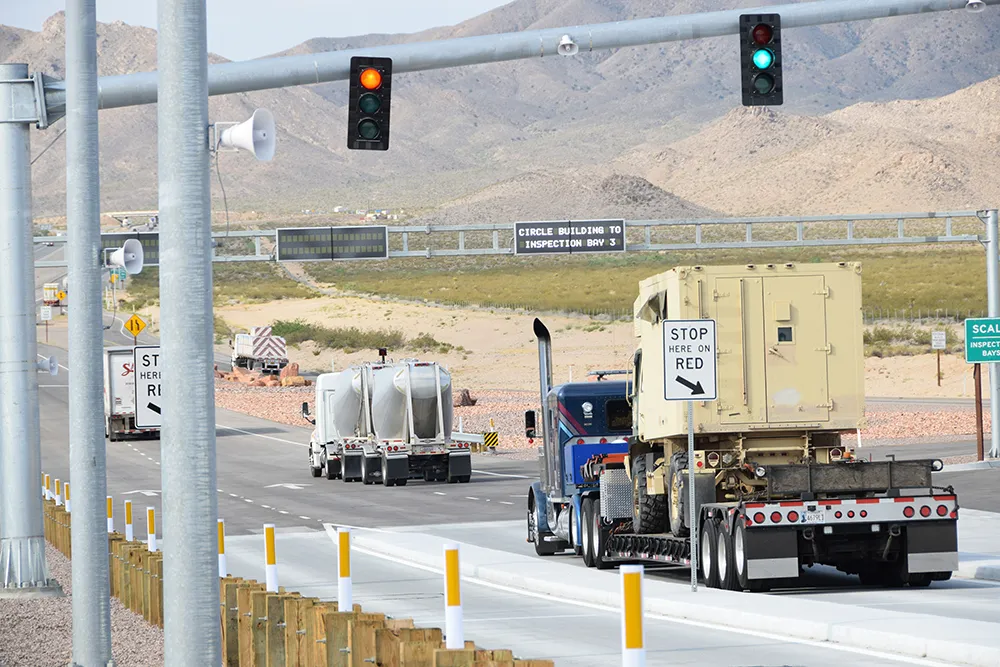The Institute of Advanced Motorists (IAM) has discovered that more than 40 per cent of all motorway and major A road lane closures in England in 2014 were caused by 185,457 vehicle breakdowns, 40,192 of which were in a ‘live lane’ i.e., a lane with other moving traffic around it vehicle breakdowns.
The information came from a Freedom of Information (FOI) request from the IAM, which asked for the number of incidences of lane closures on roads managed by Highways England in 2014.
In total there were 44
May 11, 2015
Read time: 3 mins
The 6187 Institute of Advanced Motorists (IAM) has discovered that more than 40 per cent of all motorway and major A road lane closures in England in 2014 were caused by 185,457 vehicle breakdowns, 40,192 of which were in a ‘live lane’ i.e., a lane with other moving traffic around it vehicle breakdowns.
The information came from a Freedom of Information (FOI) request from the IAM, which asked for the number of incidences of lane closures on roads managed by Highways England in 2014.
In total there were 443,590 lane closures on motorways and primary A roads in England last year for 44 defined reasons by Highways England.
Some of the major findings of the report were: 12,759 pedestrians walking on a motorway live lane or active A road caused lane closures in addition to the 122 unsupervised children; there were also 7,446 cases of a ‘non-legal’ use of the hard shoulder – some two per cent of recorded incidences.
Other causes listed were 3,990 animals loose on the network; 2,598 abandoned vehicles and 6,742 shed tyres, while 6,288 injury collisions and 29,656 non-injury collisions also caused lane closures and 856 suicides or attempted suicides caused roads to be shut on England’s main routes.
There were also 152 cases of objects being thrown onto the roads, and 567 cases of a vehicle driving on the wrong side of the road causing roads to be closed.
The other top five reasons for road closures, apart from breakdowns, were planned roadworks, assorted obstructions, non-injury accidents and administration (mainly police and VOSA checks).
According to government data, almost half a million incidents took place in 2014 that led to a lane closure, costing the economy an estimated US$1.5 trillion a year in terms of lost man hours on motorways alone.
Sarah Sillars, IAM chief executive officer, said: “There are many worrying things that emerge from this information. Firstly, people are putting their own lives at risk and those of others by not maintaining their vehicles properly to the point they break down on our busiest roads.
“While we appreciate that a few breakdowns are unavoidable, such as a tyre blow out, the vast majority can be avoided or dealt with before taking a vehicle onto a key route.
“It also shows people do not treat our key economic arteries with the respect they deserve. Pedestrians, unsupervised children and objects thrown on the road should never be happening. It is clear an education and awareness campaign starting at school age is badly needed.”
She added: “Investment in our roads would also play a big part in reducing some of those sorry statistics - having more than 5,700 pothole incidences causing road closures is not something England can be proud of.”
The information came from a Freedom of Information (FOI) request from the IAM, which asked for the number of incidences of lane closures on roads managed by Highways England in 2014.
In total there were 443,590 lane closures on motorways and primary A roads in England last year for 44 defined reasons by Highways England.
Some of the major findings of the report were: 12,759 pedestrians walking on a motorway live lane or active A road caused lane closures in addition to the 122 unsupervised children; there were also 7,446 cases of a ‘non-legal’ use of the hard shoulder – some two per cent of recorded incidences.
Other causes listed were 3,990 animals loose on the network; 2,598 abandoned vehicles and 6,742 shed tyres, while 6,288 injury collisions and 29,656 non-injury collisions also caused lane closures and 856 suicides or attempted suicides caused roads to be shut on England’s main routes.
There were also 152 cases of objects being thrown onto the roads, and 567 cases of a vehicle driving on the wrong side of the road causing roads to be closed.
The other top five reasons for road closures, apart from breakdowns, were planned roadworks, assorted obstructions, non-injury accidents and administration (mainly police and VOSA checks).
According to government data, almost half a million incidents took place in 2014 that led to a lane closure, costing the economy an estimated US$1.5 trillion a year in terms of lost man hours on motorways alone.
Sarah Sillars, IAM chief executive officer, said: “There are many worrying things that emerge from this information. Firstly, people are putting their own lives at risk and those of others by not maintaining their vehicles properly to the point they break down on our busiest roads.
“While we appreciate that a few breakdowns are unavoidable, such as a tyre blow out, the vast majority can be avoided or dealt with before taking a vehicle onto a key route.
“It also shows people do not treat our key economic arteries with the respect they deserve. Pedestrians, unsupervised children and objects thrown on the road should never be happening. It is clear an education and awareness campaign starting at school age is badly needed.”
She added: “Investment in our roads would also play a big part in reducing some of those sorry statistics - having more than 5,700 pothole incidences causing road closures is not something England can be proud of.”









